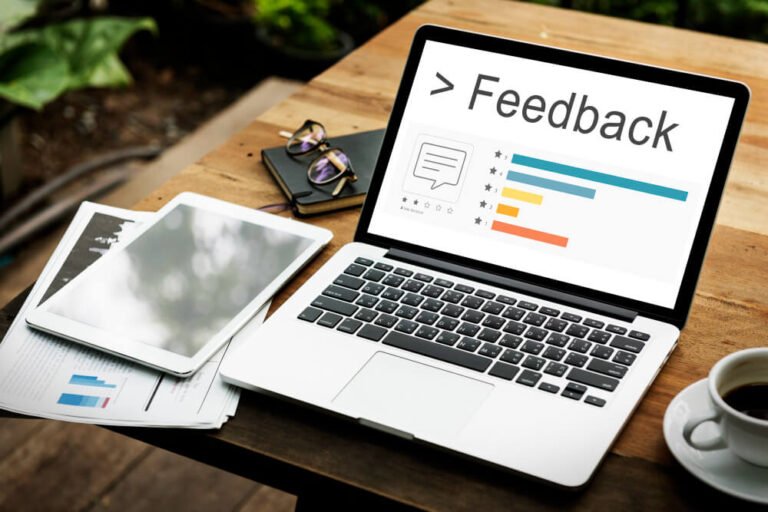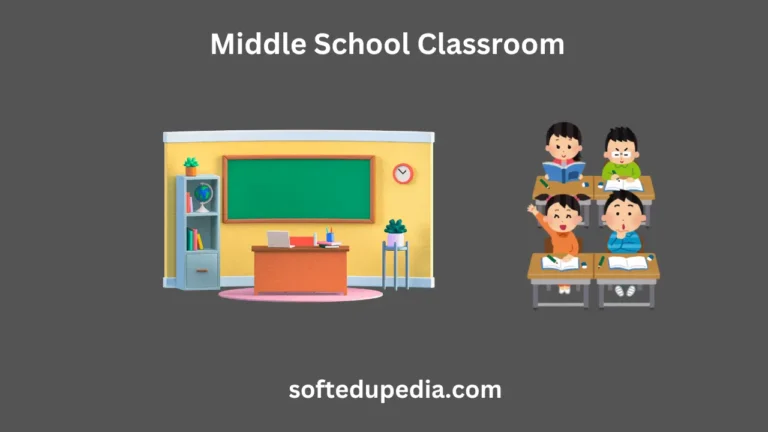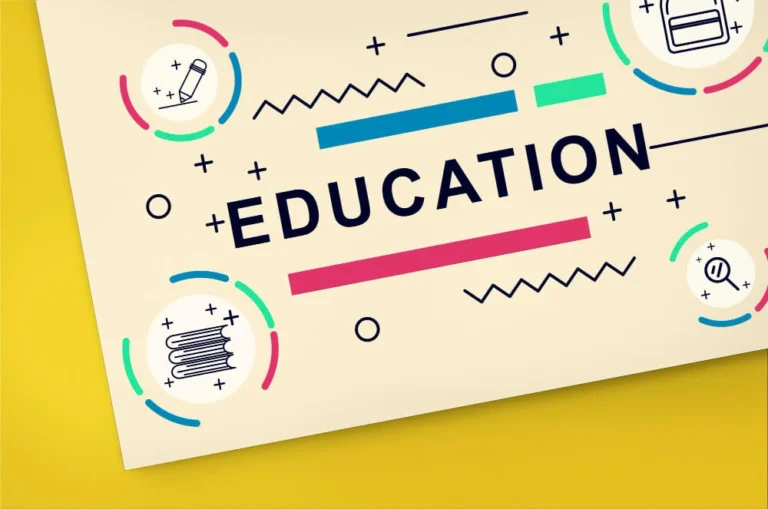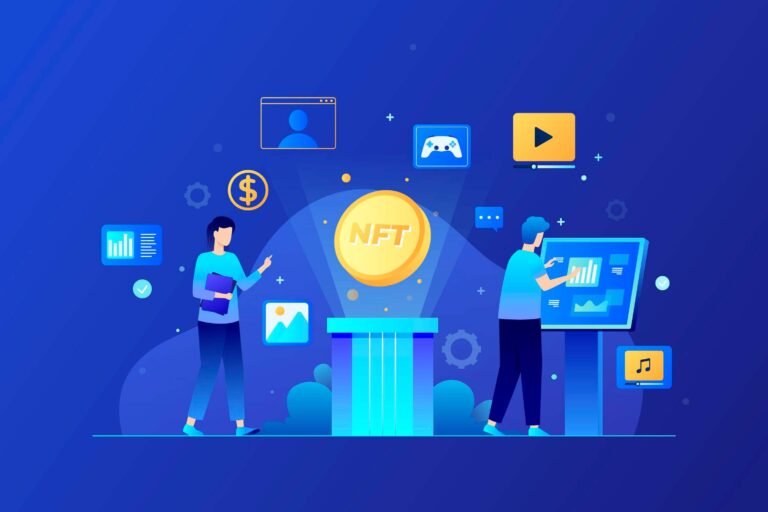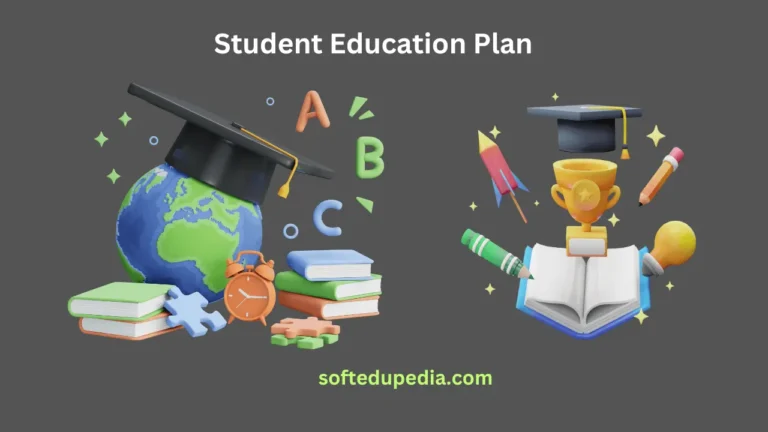PBL and Flipped Classroom: Strategies for Effective Learning
In this, we are going to discuss PBL and Flipped Classroom. Two revolutionary teaching strategies aiming at empowering students by encouraging involvement and improving deeper knowledge are Project-Based Learning (PBL) and the Flipped Classroom approach. Including these approaches will greatly enhance learning opportunities in a fast-changing environment of education. Encouragement of students to interact with real-world situations, work with others, and develop critical thinking skills, PBL puts them at the center of their learning path.
On the other hand, the Flipped Classroom method uses classroom time for interactive and group projects while letting students investigate materials at their own speed at home, usually utilizing multimedia tools, thereby reorganizing the conventional learning environment. PBL and the Flipped Classroom provide a rich setting for students to apply theoretical knowledge to practical problems, therefore cementing their learning and supporting higher-order thinking.
Table of Contents
What is Project-Based Learning?
An educational method known as project-based learning (PBL) stresses for students active discovery of challenging, real-world issues as a means of acquiring deep knowledge and skills. Students working in PBL on projects requiring inquiry, investigation, teamwork, and critical analysis participate in Along with helping students understand the material, this approach develops critical abilities including communication, cooperation, and problem-solving.
PBL especially in STEM education may inspire students by making learning relevant and practical. It has several advantages; studies have shown that students engaged in it outperform their classmates in conventional environments in many spheres, including retention of knowledge and application of taught concepts. PBL also creates a favorable learning environment that supports originality and independent thought.
What is a Flipped Classroom?
The Flipped Classroom paradigm reverses the typical roles of direct lecture and independent study, therefore changing the standard teaching approach. Under this method, students first interact with fresh content—usually via video lectures or online materials—at home, therefore allowing them to assimilate knowledge at their own speed. Then classroom time is set aside for group projects, hands-on exercises, and class discussions.
This approach lets teachers concentrate on assisting learning instead of giving lectures and motivates active involvement. Among the benefits include more student involvement, customizing of education to fit personal needs, and encouragement of self-regulated learning. More time to work through difficulties in a supportive environment also helps kids develop an awareness that deep learning is an inquiry and exploration process.
Integrating PBL with Flipped Classrooms
Effective PBL Strategies for Flipped Classrooms
Including PBL inside a flipped classroom calls for careful preparation and creative teaching approaches. First, teachers have to choose important, interesting projects for their pupils that fit their learning objectives. By giving students access to fundamental knowledge before starting projects, the flipped classroom approach helps improve PBL. This guarantees best use of classroom time for lively debates, group projects, and problem-solving exercises.
Technology is essential; many digital applications may help with project management, resource sharing, and student teamwork. Using continuous feedback made possible by encouraging formative evaluations, teachers and students may track development and implement required changes all through the project life. In the end, combining PBL with flipped practices encourages a whole learning process grounded on practical applications.
Benefits of Flipped Classroom in PBL Learning
Combined with PBL approaches, flipped classrooms have several advantages. One main benefit is that students receive educational materials in a way that fits their particular learning style, therefore assuming responsibility for their education. This gives students basic information so they may approach their projects and interact with difficult ideas before class.
Furthermore, the classroom can change from passive receipt to active cooperation, hence improving peer-to-peer contact. This dynamic promotes a community in which students share several points of view and grow from one another.
The flipped model’s adaptability for different learning speeds and ability to provide differentiated instruction adds even another advantage. When students run into difficulties in group projects, they are more likely to ask timely questions of their colleagues or the teacher.
How to Design a Flipped PBL Curriculum
Creating a flipped PBL curriculum calls for a calculated strategy that successfully coordinates project goals with flipped learning ideas. Starting the process, teachers should list the key abilities and skills PBL is supposed to help students acquire. After that, choose pertinent initiatives with required mathematical or scientific ideas that could pique attention and curiosity.
Comprehensive pre-class tasks like movies, papers, or interactive tools meant to equip students for group projects should form part of the curriculum design. Class activities should thus be planned around active learning approaches whereby students use their knowledge in project-based environments. Teachers should also create evaluation criteria reflecting both the learning goals of the projects and the required competencies for students to acquire. The effectiveness of a flipped PBL curriculum ultimately comes from its capacity to create an interesting, dynamic learning environment that gives students agency and cooperation priority.
Best Practices for Implementation
Best Practices for PBL in Flipped Learning Models
Using PBL inside flipped learning structures calls for following some best standards to guarantee excellent results. Establishing a clear framework is first and most important; teachers should list project goals and deadlines as well as offer thorough evaluation tools. Additionally crucial is developing a cooperative classroom environment. Encouragement of a situation where students feel free to express thoughts and ask questions can greatly improve involvement and learning results.
Using technology to enable student contact and cooperation is another great practice; technologies like Google Classroom or online discussion boards help to foster continuous exchange of resources and conversation. By use of formative evaluations or feedback sessions, routinely monitoring pupils enables teachers to evaluate knowledge and modify their teaching accordingly. Using these best practices will help teachers create a lively classroom that accentuates the advantages of PBL and the flipped classroom.
Engaging Students Through Flipped PBL Techniques
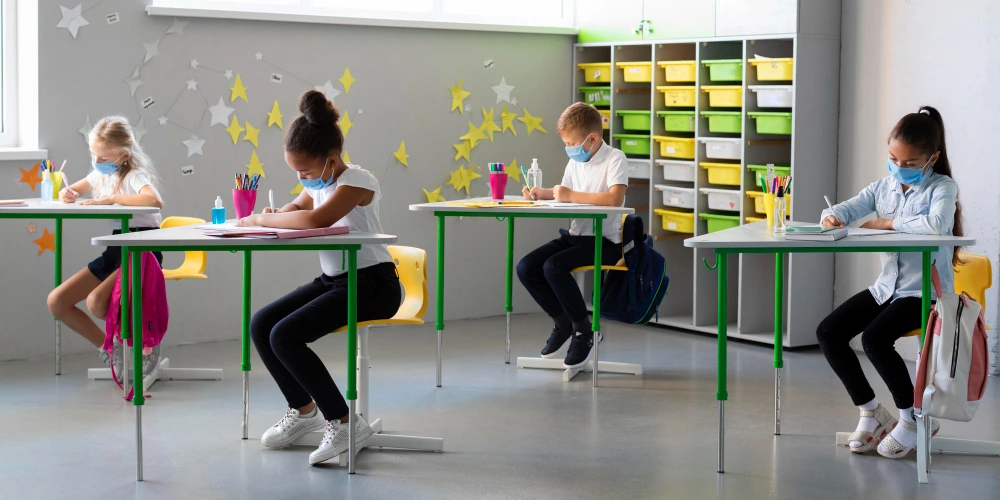
PBL and Flipped Classroom
Teachers can use a range of strategies meant to grab student interest and foster active participation to improve student involvement inside a flipped PBL environment. Combining multimedia tools such as podcasts, movies, and gamified materials lets students investigate subjects creatively. Project decisions should also provide students with input and options so they may choose projects that fit their interests and real-world situations.
Projects with cooperative components foster peer learning—that is, where students may share knowledge and skills—whereby one another might grow. Using problem-based learning situations also helps students to be engaged by relevance and to be surrounded by real-life difficulties. Building chances for self-assessment lets pupils consider their development and create personal objectives. Using these engagement strategies helps teachers create a dynamic learning environment that excites students in flipped PBL environments.
PBL Assessment Methods in Flipped Classrooms
Effective assessment in flipped PBL classrooms involves varied approaches that accurately measure student learning while supporting growth. Traditional assessments, such as tests, should be supplemented with formative assessments, including reflections, peer assessments, or project presentations. By employing rubrics that delineate clear criteria for success, students can gain insights into their performance and areas for improvement.
Another effective method is providing opportunities for self-assessment, encouraging students to reflect on their contributions and learning experiences. Additionally, using portfolios that showcase students’ work over time can demonstrate their development and progress throughout the project. Ultimately, effective assessment in flipped PBL classrooms supports a holistic understanding of student performance and provides valuable insights into their growth as learners. By implementing these best practices, educators can create a robust learning environment that maximizes the benefits of both PBL and flipped learning methodologies for students’ academic success.
Enhancing Collaboration in Flipped PBL Environments
Achieving project goals and building necessary cooperation skills in flipped PBL contexts depend on encouraging student teamwork. Using well-defined group roles that let students participate actively depending on their talents and interests is one smart strategy. Clearly defining expectations for group projects helps team members to be responsible and respectful.
Using collaborative technology tools—such as project management systems and shared documents—also helps to simplify work handling and communication. Regular team reflection meetings may also be helpful as they provide students chances to talk about their group projects, honor achievements, and point up areas that need work.
Effective Communication in Flipped PBL Teams
In group projects in flipped PBL environments, effective communication is essential. Effective team navigation of obstacles depends on clear communication fostering trust and understanding. By including explicit communication training—that is, active listening, constructive feedback methods, and conflict resolution strategies— educators may help these abilities grow.
Mock presentations or role-playing exercises provide pupils with real-life experience to hone these abilities in secure surroundings. Furthermore improving the cooperative learning process is the encouragement of honest communication among students to openly share their ideas and worries.
Addressing Challenges
Common Challenges in Flipped PBL Classrooms
Even with the advantages of flipped PBL environments, teachers may run against common challenges during application. The discrepancy in pupils’ different degrees of preparation presents a regular difficulty that could cause irritation and alienation. Furthermore, technological problems might develop when students lack access to required equipment or find it difficult to use digital platforms. Another issue is time management; careful planning and scheduling can help to balance out out-of-class preparation with in-class activities so guaranteeing best learning results.
Overcoming Challenges in Flipped PBL Classrooms
Teachers might use doable solutions suited to their classroom dynamics to meet these difficulties. Providing varied assignment choices to suit various ability levels can assist in reducing the problem of varying student preparation. Frequent evaluations of technical ability and assistance help to guarantee that every student feels free to use the necessary tools. Moreover, using a disciplined schedule with built-in progress checks helps students properly allocate their time throughout PBL assignments.
Conclusion
All things considered, including PBL in flipped classroom strategies provides a dynamic and successful means of improving student involvement and learning results. Teachers may generate a rich learning environment by stressing teamwork, communication, and strategic problem-solving. All teachers are encouraged to investigate and apply PBL and flipped learning approaches to fully utilize these effective teaching tools, therefore promoting contributions to the academic and personal success of their students.
Thus, do not hesitate to apply these techniques in your classroom and enjoy the results of combining two effective teaching styles!
Using PBL inside flipped learning models calls for thorough preparation and a dedication to best practices generally. Teachers who accomplish this will be able to establish a successful and interesting classroom that gets pupils ready for success both in-house and outside. Therefore, keep in mind that by encouraging teamwork, communication, and problem-solving abilities, you are preparing your students for success in their academic path and beyond whether you are thinking about including PBL in your flipped classroom or looking for ways to improve your present approaches.

